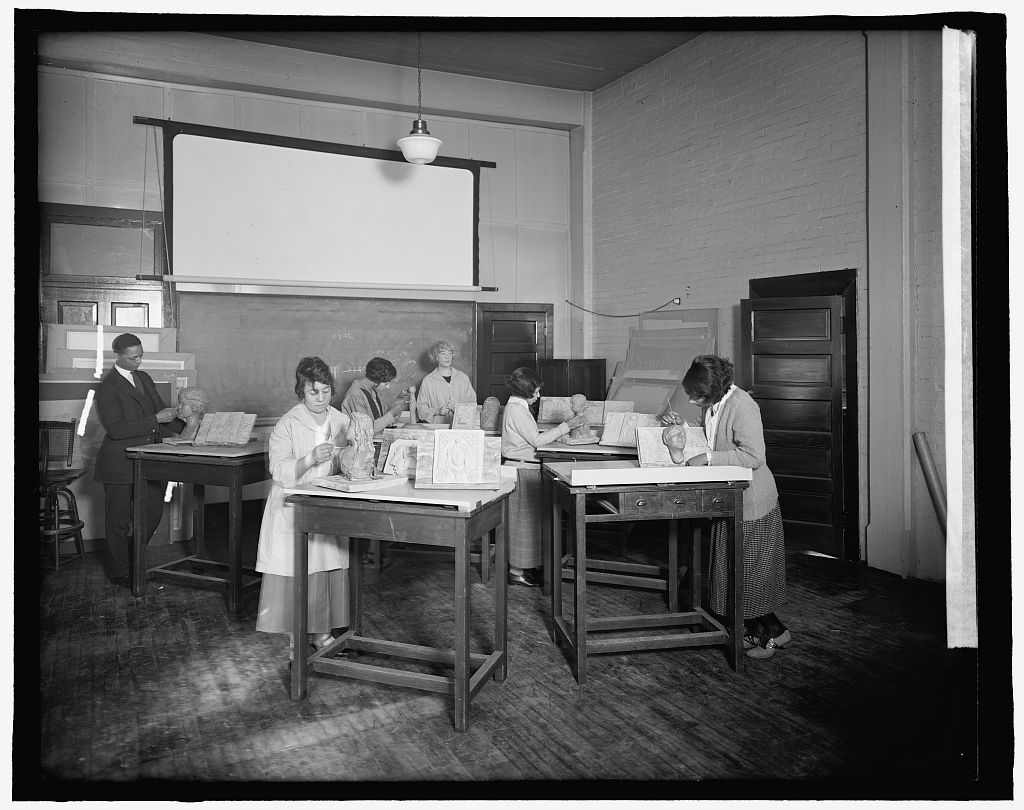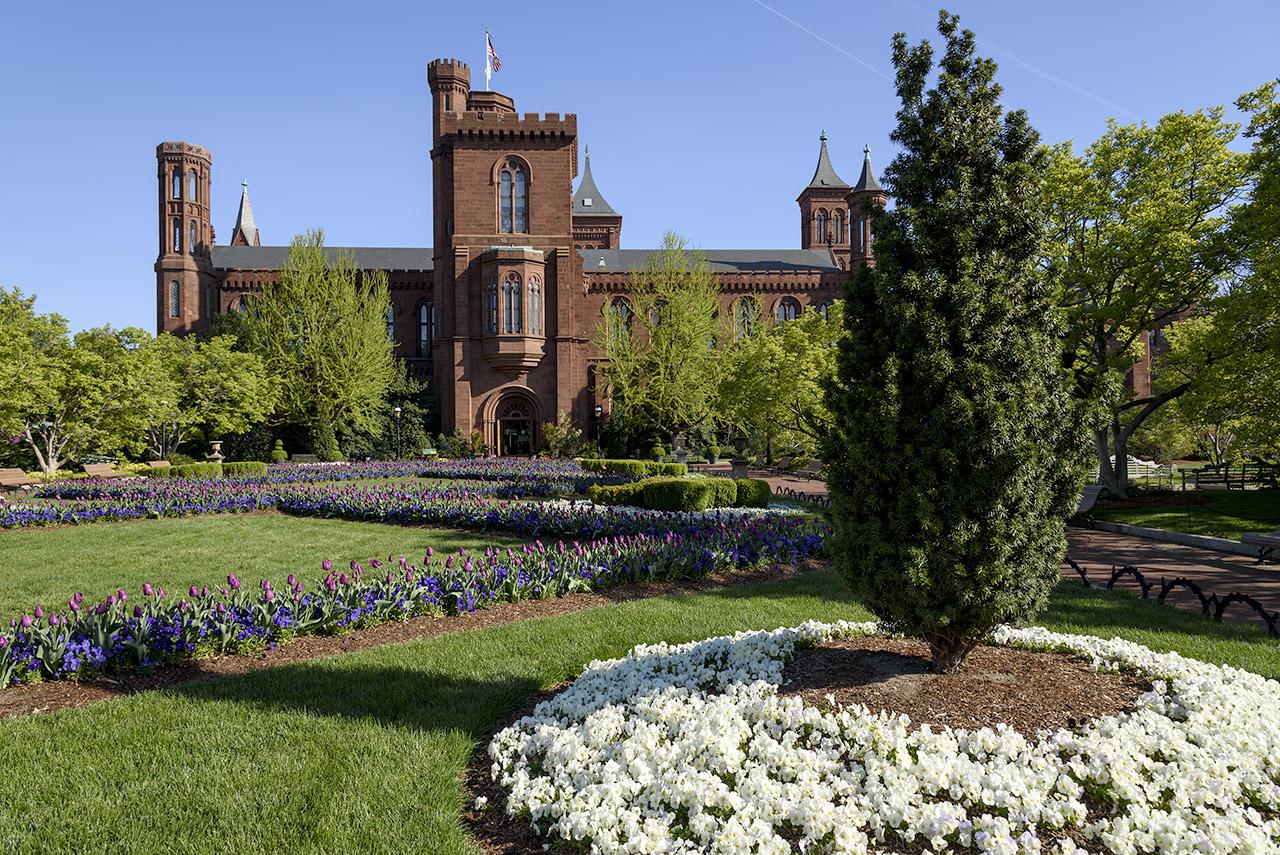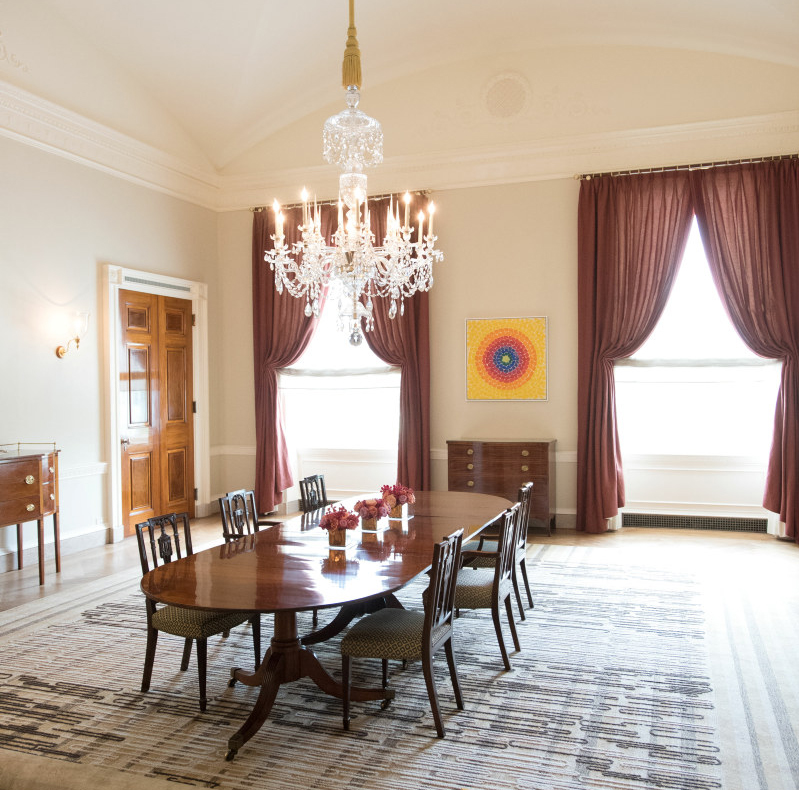Baltimore and Potomac Railroad Station
(now the National Gallery of Art West Building)
6th Street and Constitution Avenue NW
In 1907, Thomas, her parents Amelia and John, and her three younger sisters left their home in Columbus, Georgia, to escape the violence and inequality of the Jim Crow South. In Alma W. Thomas: Everything Is Beautiful, her mother Amelia is quoted as saying, “Take off your shoes and shake all that Georgia sand out of them and don’t look back.” The Thomases were ahead of a trend that, between 1916 and 1970, saw more than 6 million African Americans leave the South for urban areas in the North.









